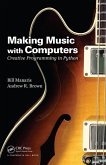
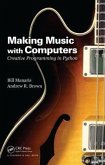
Broschiertes Buch
Creative Programming in Python
19. Mai 2014
Chapman and Hall/CRC / Taylor & Francis
| eBook, ePUB | 50,95 € |
Ähnliche Artikel
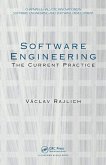
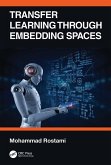
eBook, PDF
28. Juni 2021
Taylor & Francis eBooks
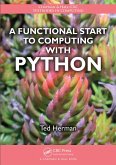
eBook, PDF
26. Juli 2013
Taylor & Francis eBooks
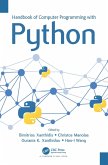
eBook, PDF
12. Dezember 2022
Taylor & Francis eBooks
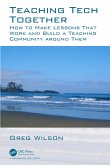
26,95 €
Sofort per Download lieferbar
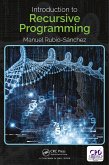
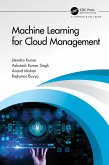
eBook, PDF
25. November 2021
Taylor & Francis eBooks
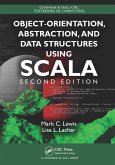
eBook, PDF
6. Januar 2017
Taylor & Francis eBooks
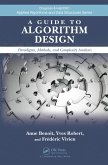
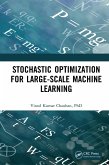
eBook, PDF
18. November 2021
Taylor & Francis eBooks
Ähnlichkeitssuche: Fact®Finder von OMIKRON
